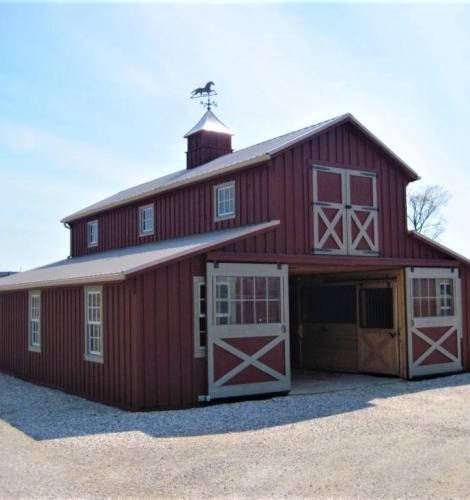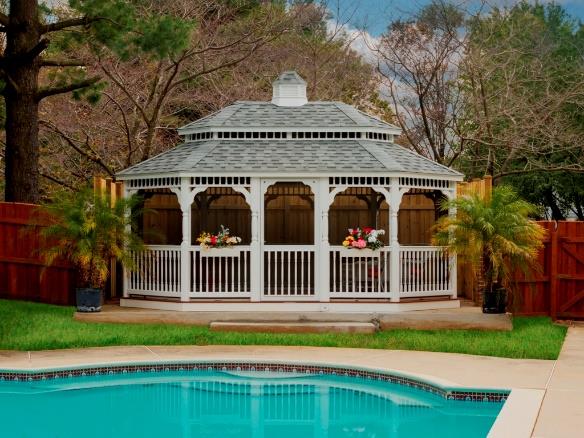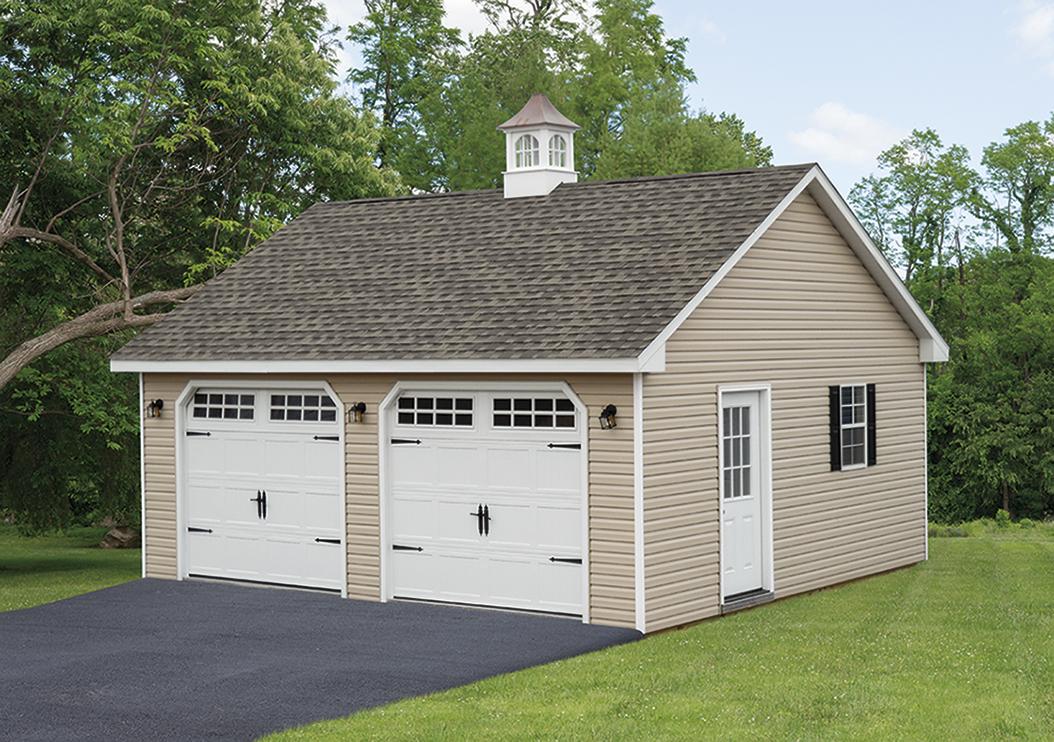
Some architectural trends and accents come and go but the cupola is here to stay. While these accessories are charming additions to any structure, they originally did more than just look nice. Read on to learn more about the history of the cupola and how they continue to be used today.
History
The origin of the cupola can be dated all the way back to the 8th century in the Middle East. Soon these building additions spread to Russia and then Italy where they got their name. The name “cupola” is an Italian word that comes from the Latin word “cupula” which means “a little tub”. This name was chosen because cupolas can look like a small tub sitting upside down on a roof.
Throughout history, cupolas have been used to identify important town buildings, be lookout spots, hold bells, circulate air, and provide more natural light. Toward the end of the 1600s, these accessories had spread throughout Europe and eventually found popularity in the United States. Today, cupolas can be seen on houses, barns, sheds, garages, town buildings, schools, and even gazebos.
Past Functions: Ventilation & Light

Spend some time driving through farmland and you’re sure to spot countless cupolas on barns. While these additions are loved for their decorative charm, in the past farmers used them because of their ability to circulate air and let light into their barns. Cupolas would keep the barn air moving to reduce lingering smells, hot air, and stuffiness.
These building accessories were designed in a way to keep rain and bad weather out while still providing ventilation and natural light. For example, farmers were able to keep the air in their barns fresh in the winter without needing to open any doors by adding a cupola to their roof.
Increase Your Curb Appeal
Today, adding a cupola to your home, barn, shed, or garage gives an extra architectural detail that completes the building’s look and adds a personal touch.
Cupolas come in many sizes, colors, shapes, and styles so they can easily mesh well with the rest of the building’s exterior. Additionally, you can add weathervanes to further upgrade the look of a building while also giving you insight into the weather and wind direction.
Adding a Cupola to Your Home

Just like the rest of your building, cupolas can be customized to match the rest of your house through color, materials, and architectural style. With many options available to choose from, finding a cupola within your budget will be easy. Furthermore, the placement of a cupola can also change the look of the building, making it look disproportionate or lopsided, so installation requires great care. Similarly, it’s vital that cupolas be installed by an expert so roof damage and leaks are not caused.
If you think your home or garage may be missing something visually, a cupola may be just what you need. Crafted in Lancaster County, our high-quality cupolas will give your home that added country charm you’re looking for. Speak with our experts about what sizes, styles, and shapes are best suited for your structure. (Make sure you grab your free estimate!)